How to Plant Carrot Seeds: Techniques for Optimal Germination
- February 21, 2024
- 0 comment
Growing carrots from seeds can be a rewarding experience for gardeners of all levels. Carrots, known for their health benefits and versatility in the kitchen, are a popular choice for home gardens. This guide will walk you through the process of planting carrot seeds, from preparation to harvest.

Nutritional Benefits of Carrot
| Benefit | Description |
|---|---|
| Rich in Vitamins and Minerals | Carrots are high in vitamins A, C, K, and B8, as well as potassium, iron, copper, and manganese. |
| Improves Vision | High in beta-carotene, which is converted into vitamin A in the liver. Vitamin A is crucial for good vision. |
| Aids in Digestion | Carrots contain a significant amount of dietary fiber, which is essential in maintaining good digestive health. |
| Boosts Skin Health | Vitamin A and antioxidants protect the skin from sun damage. Deficiencies of vitamin A cause dryness to the skin, hair, and nails. |
| Reduces Risk of Heart Diseases | Carrots contain high levels of soluble fibers which are known to lower blood cholesterol. |
| Dental Health | Carrots clean your teeth and mouth. They scrape off plaque and food particles just like toothbrushes or toothpaste. |
| Immune Booster | The vitamin C in carrots helps stimulate the activity of white blood cells, which is crucial to the body’s defense mechanism. |
| Prevents Cancer | Carrots contain bioactive chemicals that have been linked to reducing the risk of various types of cancers. |
| Anti-Aging Properties | High levels of beta-carotene act as an antioxidant to cell damage done to the body through regular metabolism, slowing down the aging of cells. |
| Regulates Blood Sugar | Carrots can regulate blood sugar levels due to their carotenoids content. |
Choose the Right Variety
Before you start, select a carrot variety that suits your climate and soil type. Carrots come in various shapes and sizes, ranging from long and slender to short and chunky. Some popular varieties include ‘Nantes’, ‘Danvers’, and ‘Chantenay’.
Nantes
- Shape and Size: Nantes carrots are cylindrical and straight, with a blunt end. They typically grow about 6 to 7 inches long.
- Flavor: These carrots are known for their sweetness and crisp texture.
- Growing Conditions: They prefer sandy or loamy soil and are more tolerant of heavy soil than some other varieties.
- Best For: Fresh eating, juicing, and cooking. They are a versatile variety that’s great for beginners.

Danvers
- Shape and Size: Danvers carrots have a conical shape, with a well-defined shoulder, tapering to a point. They are usually around 6 to 8 inches long.
- Flavor: These have a rich, strong carrot flavor and a somewhat fibrous texture.
- Growing Conditions: Danvers carrots are hardy and can tolerate heavier, clay-like soils. They are also more drought-tolerant than other types.
- Best For: Storage and cooking. Their hearty flavor makes them excellent for soups and stews.
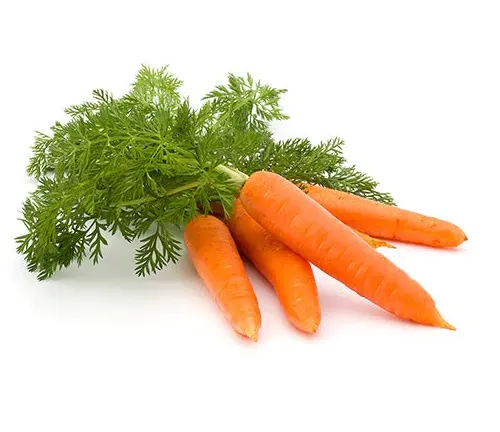
Chantenay
- Shape and Size: Chantenay carrots are short and stout, typically about 5 to 6 inches in length with a broad top that tapers to a blunt end.
- Flavor: They have a sweet, earthy flavor and a crisp texture.
- Growing Conditions: Chantenay carrots are well-suited for rocky or heavy soil where longer carrots would have difficulty growing.
- Best For: Eating fresh, canning, and storage. Their thick shape makes them easy to peel and cut.
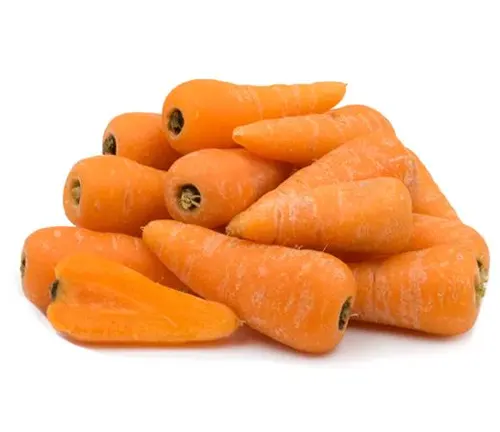
Considerations for Choosing a Variety
- Climate: Some varieties perform better in cooler climates, while others are suited for warmer areas. For example, ‘Imperator’ carrots need warmer temperatures and a longer growing season.
- Soil Type: If your garden has heavy or rocky soil, consider shorter varieties like Chantenay. For sandy, well-drained soil, longer types like Nantes or Imperator are suitable.
- Usage: Think about how you plan to use your carrots. If you’re looking for a snacking carrot, go for a sweeter variety like Nantes. For cooking or storing through the winter, Danvers or Chantenay might be more appropriate.
- Growth Time: Some varieties mature faster than others. If you want a quick harvest, choose a variety with a shorter growth period.
Tips for Selecting Seeds
- Buy from Reputable Sources: Ensure your seeds are high quality and disease-free by purchasing from reputable nurseries or seed suppliers.
- Check the Packet: Look at the seed packet for information about the variety’s growth time, size, and preferred growing conditions.
Prepare the Soil
Carrots prefer loose, well-draining soil. Before planting, till the soil to a depth of about 12 inches and remove any stones or debris. Carrots grow best in soil with a pH between 6.0 and 6.8. Consider adding compost to enrich the soil.
Tilling the Soil
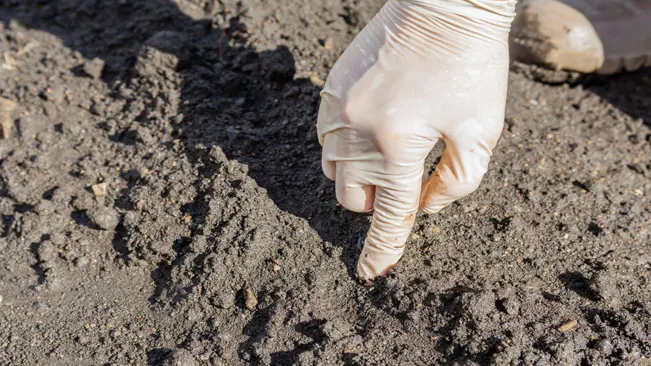
- Begin by tilling the soil to a depth of about 12 inches. This depth is crucial as carrots are deep-rooting vegetables.
- Tilling helps to loosen the soil, making it easier for the carrot roots to grow without obstruction.
- While tilling, it’s important to break up any large clumps of earth and remove rocks or hard lumps that could impede the growth of the carrots or cause them to grow misshapen.
Removing Stones and Debris
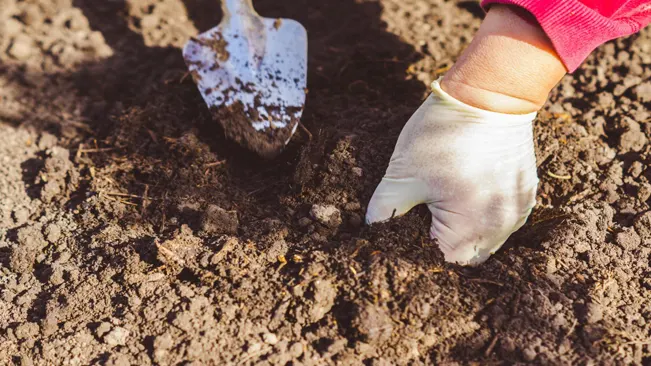
- Carefully remove any stones, sticks, or large pieces of organic material. These can obstruct the growth of carrot roots, leading to deformed carrots.
- The presence of debris can also affect the overall health of the soil, potentially leading to poor drainage and aeration.
Achieving the Right Soil Texture
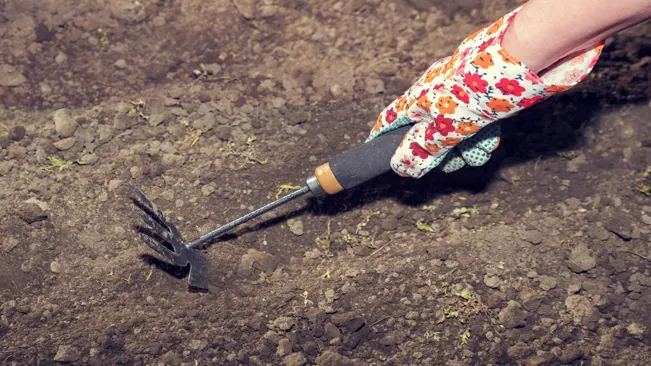
- Carrots thrive in loose, sandy loam soils. If the soil is too heavy or clayey, consider mixing in some sand to improve drainage and texture.
- The ideal soil for carrots is one that holds moisture well but also drains excess water. Poor drainage can lead to root rot and other diseases.
Soil pH
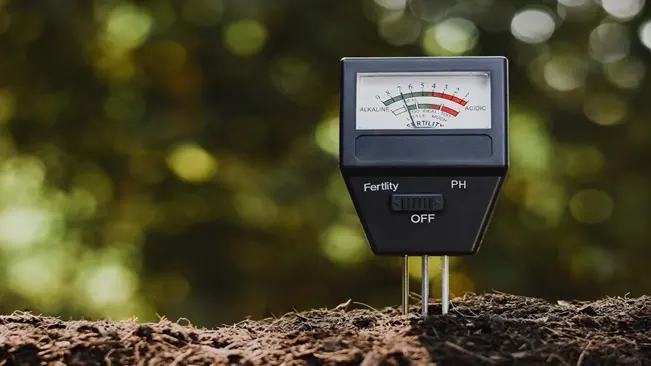
- The optimal pH for carrot growth is between 6.0 and 6.8. This slightly acidic to neutral range allows for the best nutrient uptake.
- If the soil pH is outside this range, it can be adjusted. Lime can be added to raise the pH (make it more alkaline), while sulfur can be used to lower it (make it more acidic).
Sowing the Seeds
Timing
Planting carrot seeds at the right time is crucial for their successful growth. Carrots are cool-season vegetables, which means they grow best in moderate temperatures.
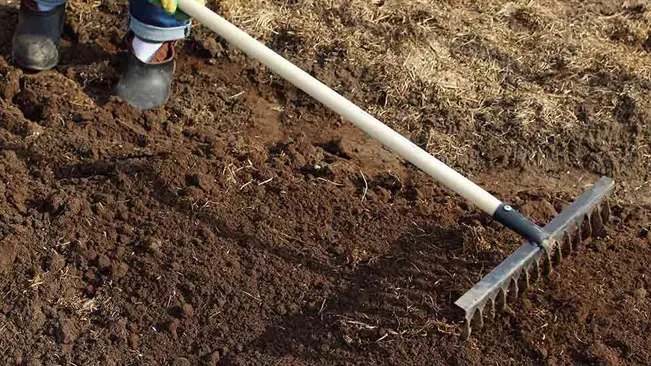
- Spring Planting: In most regions, the ideal time to plant carrot seeds is in the spring, as soon as the soil can be worked and after the last frost has passed. Planting after the last frost reduces the risk of seedlings being damaged by cold temperatures. Spring-planted carrots will mature in the summer.
- Late Summer Planting: For a fall harvest, you can also plant carrot seeds in late summer, usually 10 to 12 weeks before the first expected fall frost. Fall-planted carrots often have a sweeter flavor, as cooler temperatures enhance their sugar content.
Spacing
Proper spacing is essential for carrot development:
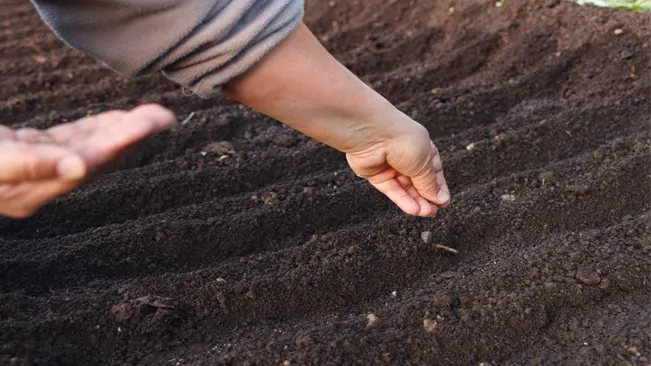
- Seed Depth: Plant carrot seeds about ¼ inch deep. This shallow planting helps the tiny seeds to sprout more easily and break through the soil surface.
- Between Seeds: Space the seeds 2 to 3 inches apart. This spacing is necessary to prevent overcrowding, which can lead to small and misshapen carrots.
- Between Rows: Rows should be spaced 12 to 18 inches apart. This spacing allows for easier access for cultivation and harvesting. It also ensures that each carrot plant receives enough sunlight and air circulation, reducing the risk of disease.
Watering
Watering correctly is vital for germination and growth:
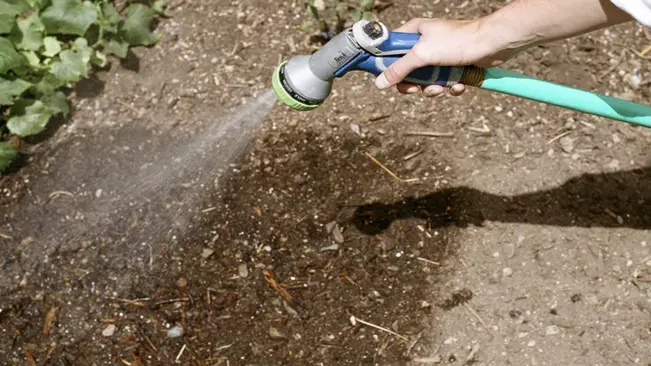
- Consistency: Carrot seeds require consistently moist soil to germinate. The soil should be kept evenly moist but not soggy. Overwatering can lead to seed rot or fungal diseases.
- Method: A light misting is the best way to water carrot seeds. Heavy watering can displace the seeds or create crusts on the soil surface, making it hard for seedlings to emerge.
- Frequency: Water the seeds daily or as needed to maintain the soil moisture. Once the seedlings are established, you can reduce watering, allowing the soil to dry slightly between waterings.
Germination
Carrot seeds can take 1-3 weeks to germinate. Patience is key. Ensure the soil remains moist during this period. Once seedlings appear, thin them to about 4 inches apart to allow enough room for growth.
Key Factors in Carrot Seed Germination

- Soil Moisture: Carrot seeds require consistent moisture to germinate properly. The soil should be kept evenly moist but not waterlogged. Overwatering can lead to rot, while under-watering can cause the seeds to dry out, preventing germination. Using a fine mist to water the area can prevent the seeds from being disturbed.
- Soil Temperature: Carrot seeds germinate best at soil temperatures between 45°F and 85°F (7°C to 29°C). The optimal temperature range is around 60°F to 70°F (15°C to 21°C). If the soil is too cold, germination will be very slow or may not occur at all.
- Light and Covering: Carrot seeds should be planted shallowly, about ¼ inch deep. They do not require light to germinate, but planting them too deep can hinder their growth. A light covering of soil is sufficient.
- Time Frame: Germination can take anywhere from 1 to 3 weeks. This wide range is influenced by factors such as soil temperature, moisture, and the age of the seeds. Fresher seeds tend to germinate more quickly.
After Germination
Once the seedlings emerge, they should be thinned to prevent overcrowding, which can impede growth and lead to smaller carrots. Thinning should be done carefully to avoid disturbing the roots of the remaining plants.

- Thinning: When seedlings are about an inch tall, thin them so that they are approximately 4 inches apart. This spacing allows each carrot enough space to grow and develop properly.
- Care for Seedlings: Continue to ensure the soil remains moist and provide protection from extreme weather conditions, such as heavy rain or scorching sun, as young seedlings can be quite delicate.
- Weed Control: Regularly remove weeds from around the carrot seedlings. Weeds can compete with carrots for nutrients and space, so keeping the area weed-free is important.
Care and Maintenance
Watering
Carrots require consistent moisture to grow properly. Inconsistent watering can lead to poor root development. Here are some key points:

- Regular Schedule: Water your carrots regularly, aiming for at least one inch of water per week. This can come from rainfall or manual watering.
- Method of Watering: Use a soaker hose or drip irrigation system to deliver water directly to the roots. This method reduces water evaporation and prevents the foliage from becoming too wet, which can lead to disease.
- Monitoring Soil Moisture: The soil should be kept consistently moist but not waterlogged. Over-watering can cause carrots to split or rot. If the soil feels dry at about an inch below the surface, it’s time to water.
- Mulching: Mulching around the plants can help retain soil moisture and reduce the frequency of watering.
Weeding
Weeds can compete with carrots for nutrients and space, so it’s important to keep your carrot bed weed-free. However, carrot roots are delicate, so care must be taken:
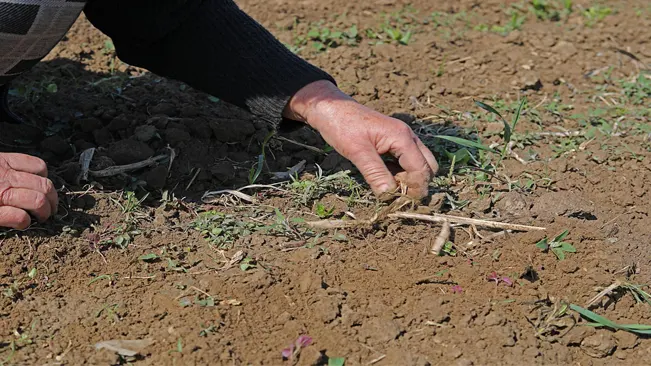
- Gentle Weeding: Use a hand tool to gently weed around the carrots. Be careful not to disturb the carrot roots, which can inhibit growth or cause deformities.
- Regular Checks: Regularly inspect your carrot patch for weeds, especially in the early stages of growth. Smaller weeds are easier to remove and less likely to disturb the carrots.
- Mulch Barrier: A layer of mulch can prevent many weeds from germinating in the first place.
Mulching
Mulch is a vital component in carrot cultivation for several reasons:
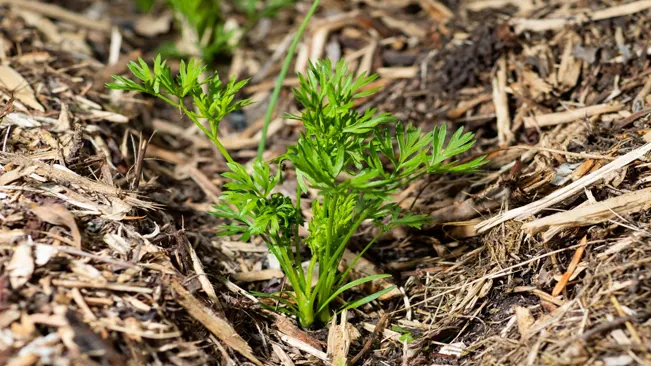
- Moisture Retention: Mulch helps retain moisture in the soil, reducing the need for frequent watering.
- Temperature Regulation: It helps regulate soil temperature, keeping the roots cool in summer and warmer in cooler weather.
- Weed Suppression: A layer of mulch can inhibit weed growth by blocking sunlight.
- Organic Mulches: Organic mulches like straw or grass clippings can also add nutrients to the soil as they decompose.
Fertilizing
Carrots do not require much fertilization if grown in rich soil. However, a light application of a balanced fertilizer can be beneficial at the mid-growth stage.

Carrot Nutritional Needs
- Soil Preference: Well-drained, organically rich.
- Key Nutrients: Moderate amounts of nitrogen, phosphorus, potassium.
Fertilization Timing
- Initial Soil Prep: Enrich soil with compost or well-rotted manure before planting.
- Mid-Growth Fertilization: Apply a light fertilizer around 5-6 weeks after planting, as carrot tops develop.
Choosing Fertilizer
- Balanced Types: Opt for NPK ratios like 10-10-10 or 5-5-5.
- Organic Options: Fish emulsion, seaweed extract, or balanced organic fertilizers.
Application Tips
- Moderation in Nitrogen: Avoid high nitrogen levels; focus on root development.
- Application Method: Light application, following guidelines. Avoid foliage or carrot crowns.
- Soil Types: More frequent application in sandy soils; less or no need in clay soils enriched with organic matter.
Harvesting
Carrots are usually ready to harvest in about 2 to 3 months, depending on the variety. They are at their sweetest when they are about the size of a finger. To harvest, gently loosen the soil around the carrot and pull it up by the greens.
Signs of Maturity

- Size: As mentioned, carrots are often at their best when they are about the size of a finger. This is a good general guideline, but sizes can vary depending on the type of carrot.
- Color: The color of the carrot at the top of the soil can also be an indicator. When they appear bright and vivid, it’s usually a good sign that they’re ready.
- Test Harvest: If you’re unsure, you can gently unearth a single carrot to check its size and maturity. If it’s smaller than expected, you can cover it back up and give it more time.
Harvesting Technique
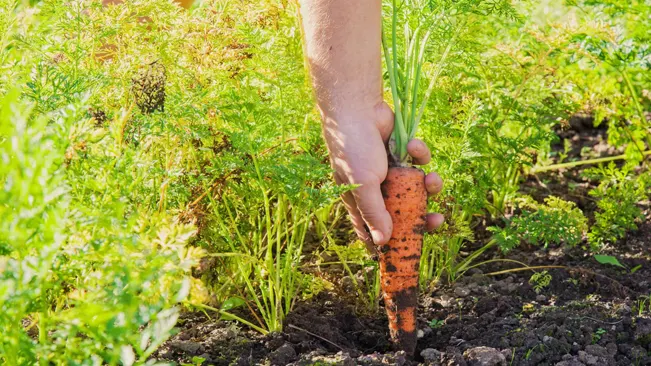
- Loosening the Soil: Use a garden fork or a similar tool to gently loosen the soil around the carrots. This makes it easier to pull them out without breaking them.
- Pulling the Carrots: Grab the carrot greens close to the base and gently wiggle the carrot as you pull it upwards. This helps to ease the carrot out of the soil without snapping off the greens and leaving the root in the ground.
- Avoid Damage: Be careful not to damage neighboring carrots as you pull each one out. Damaged carrots do not store well and should be used quickly.
Post-Harvest Handling

- Cleaning: Gently brush off the soil, but avoid washing the carrots if you plan to store them, as moisture can promote rot.
- Trimming the Greens: If you’re storing the carrots, trim off the greens close to the top of the carrot. The greens can draw moisture and nutrients from the root, reducing its storage life.
- Curing: In some cases, carrots can be cured for a few days in a cool, dry place to enhance their storage life.
Storage
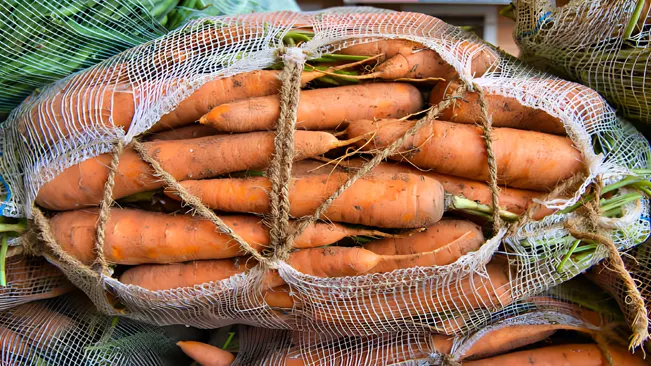
- Cool and Dark Place: Store carrots in a cool, dark, and well-ventilated place. Ideal storage temperatures are between 32°F and 40°F (0°C to 4°C).
- Humidity: Maintain high humidity (around 90-95%) to prevent the carrots from drying out. Storing them in perforated plastic bags in the refrigerator can help maintain the right humidity.
Conclusion
Planting carrot seeds is a simple and enjoyable process. With the right care and conditions, you can enjoy a bountiful harvest of fresh, tasty carrots right from your garden. Remember, patience and regular care are the keys to successful carrot growing
FAQs (Frequently Asked Questions)
- What is the best time to plant carrot seeds?
Carrot seeds should be planted in the spring after the last frost or in late summer for a fall harvest. The soil should be warm, around 45-85°F (7-29°C). - How deep should I plant carrot seeds?
Carrot seeds should be sown about ¼ inch deep in the soil. - What kind of soil do carrots grow best in?
Carrots prefer loose, well-draining soil with a pH of 6.0 to 6.8. They thrive in sandy or loamy soils. - How far apart should I plant carrot seeds?
Sow carrot seeds 2 to 3 inches apart in rows that are 12 to 18 inches apart. Thin seedlings to about 4 inches apart once they are a few inches tall. - Do carrots need full sun?
Carrots grow best in full sun but can tolerate partial shade. They need at least 6 hours of sunlight daily. - How often should I water carrot plants?
Keep the soil consistently moist but not waterlogged. Carrots generally need about 1 inch of water per week. - Do I need to fertilize my carrot plants?
If your soil is rich in organic matter, additional fertilization may not be necessary. A light application of a balanced fertilizer can be used at the mid-growth stage if needed. - How long does it take for carrots to grow?
Most carrot varieties mature in 2 to 3 months, but this can vary depending on the type and growing conditions. - Can I grow carrots in containers?
Yes, carrots can be grown in containers. Choose a deep pot to accommodate the roots and ensure good soil drainage. - How do I prevent carrot fly attacks?
Keep the area weed-free, use fine mesh or fleece to cover the plants, and avoid thinning out the plants too often as the smell attracts carrot flies.

Kristine Moore
Forestry AuthorI'm Kristine Moore, a seasoned garden landscaping professional with over 30 years of experience. My extensive career has been dedicated to transforming outdoor spaces into stunning, sustainable landscapes. With a deep understanding of horticulture, design principles, and environmental stewardship, I have become a respected figure in the field, known for creating harmonious, visually appealing, and eco-friendly gardens. My commitment to excellence and continuous learning in landscaping trends and techniques has solidified my reputation as an expert in garden design and implementation.

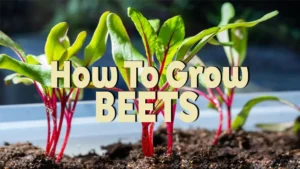
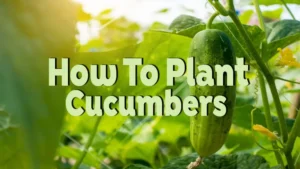
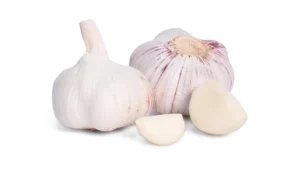

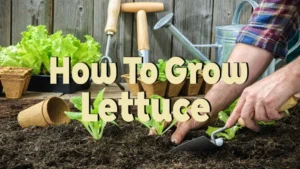



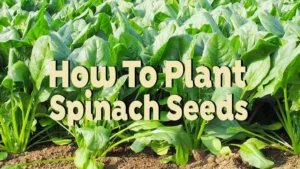

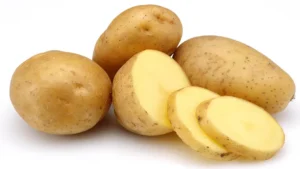

Leave your comment